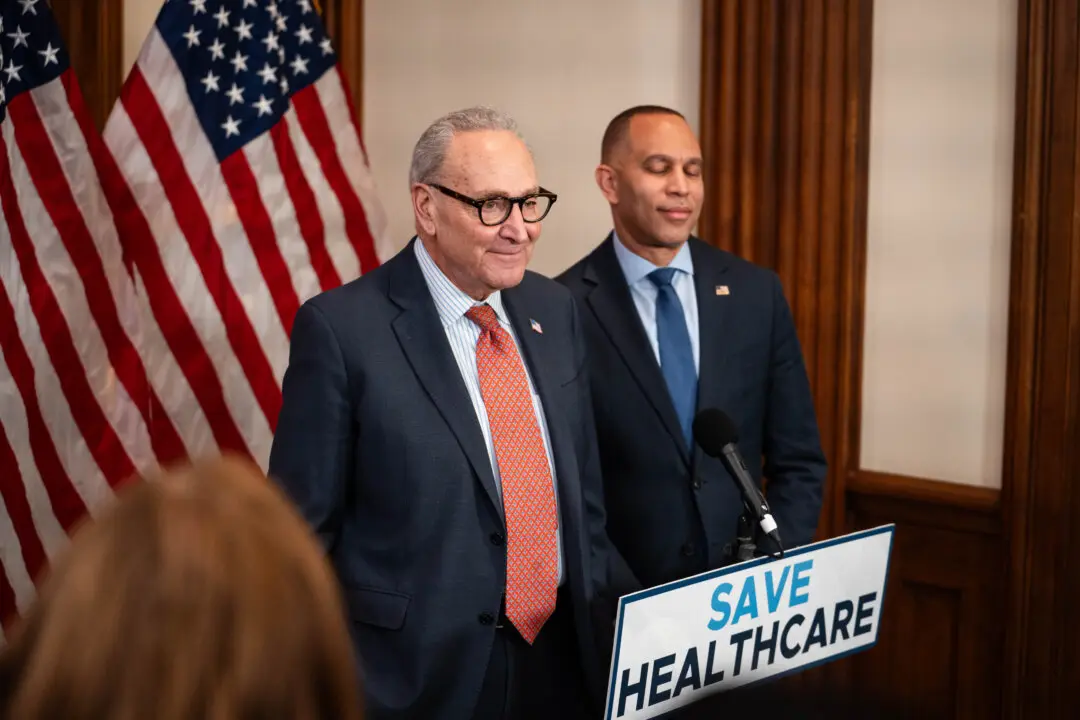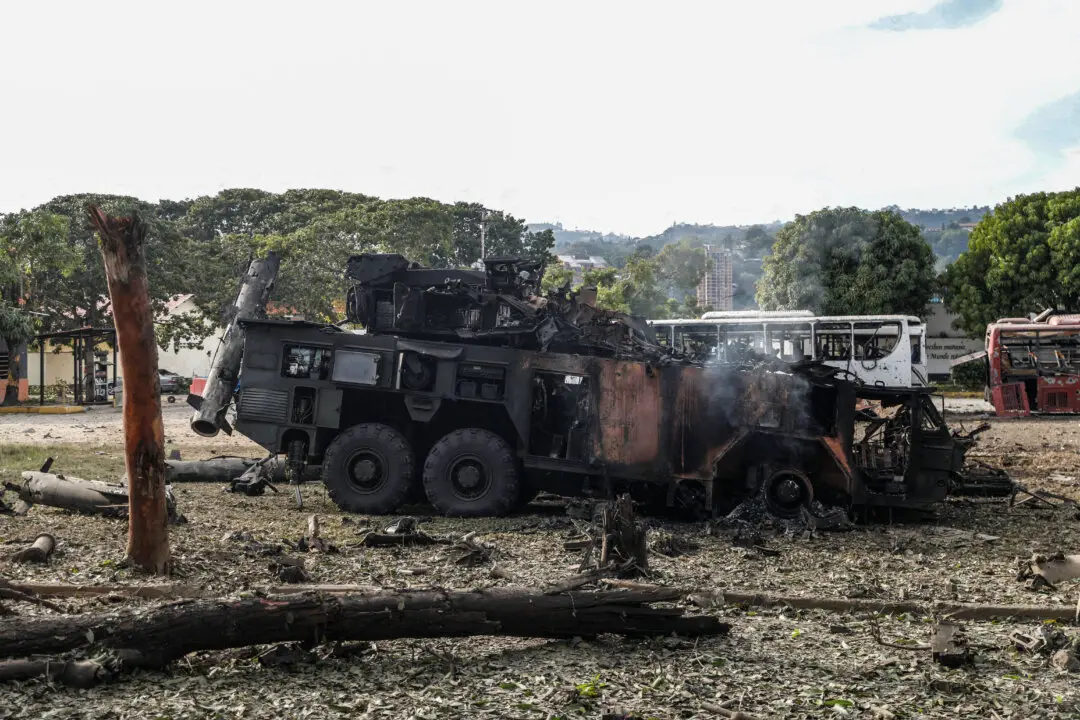The Omicron variant of the virus that causes COVID-19 has sparked a wave of closures across the United States in recent days, including schools and businesses, as the White House is warning of a “winter of severe illness and death” for individuals who are unvaccinated.
“For the unvaccinated, you’re looking at a winter of severe illness and death for yourselves, your families, and the hospitals you may soon overwhelm,” White House COVID-19 coordinator Jeff Zients said during a briefing. He then encouraged people to get vaccinated or receive boosters if they’re eligible.





